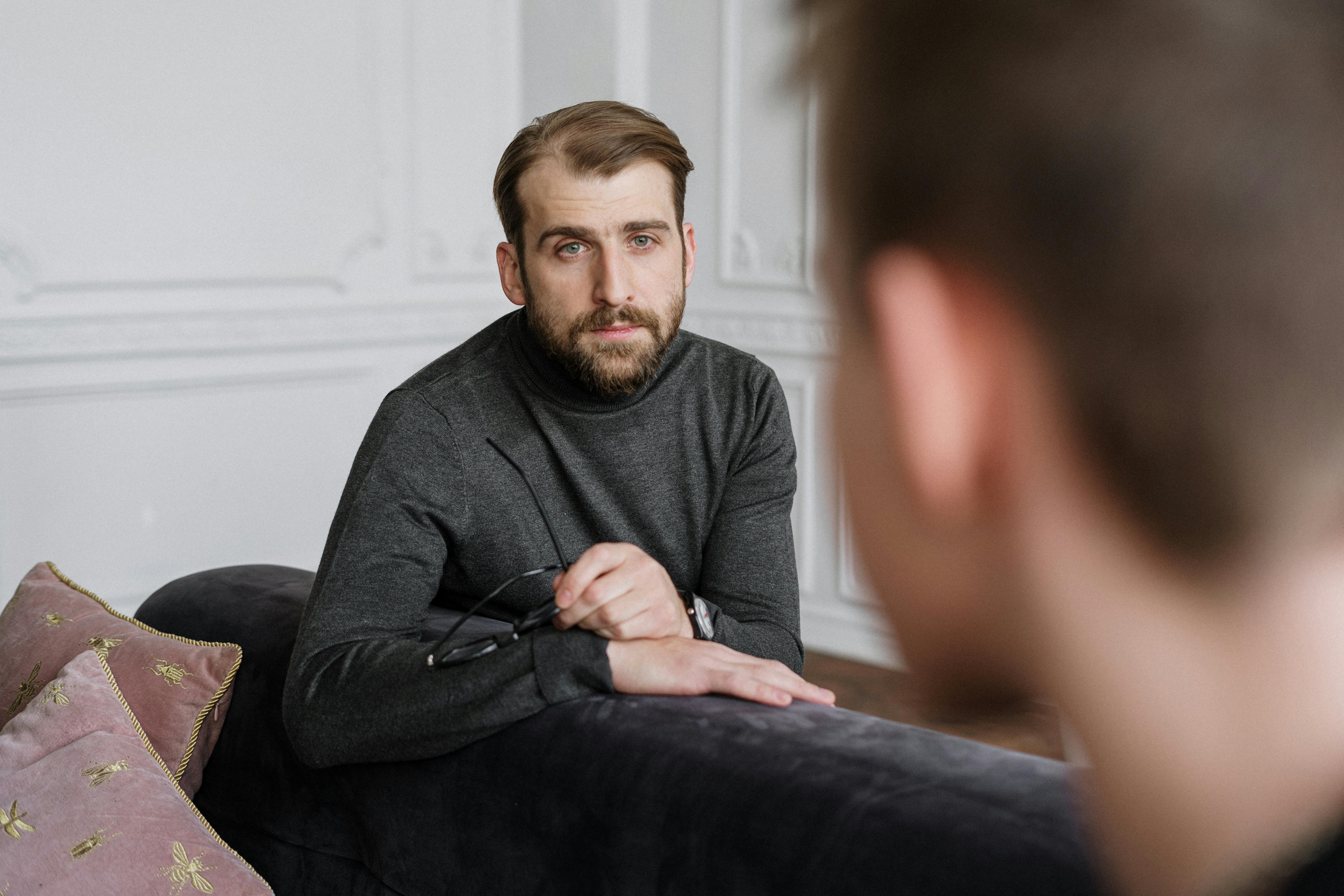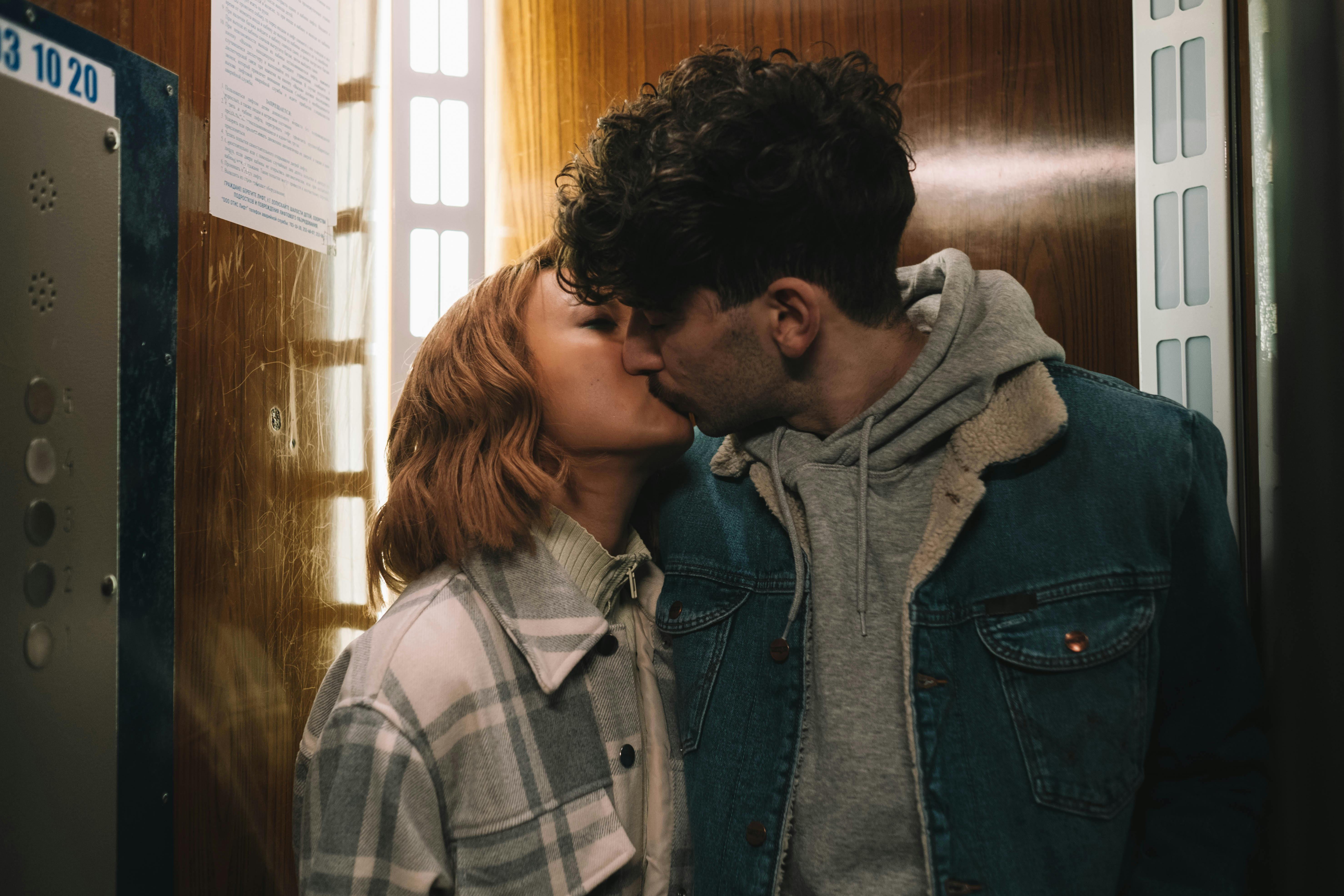Algae is a common problem in swimming pools. What is it; what are the different types and how is it successfully prevented and treated. First of all, algae are a single-celled plant form. Some are aquatic (they live in water), some are not. Algae use the photosynthesis process to make their own food. Seaweed comes in a wide variety of colors and shapes, making it adaptable to almost any condition. Although some forms are virulent, especially black or mustard algae, most are harmless and represent nothing more than a nuisance to most pool owners. Due to the microscopic size of algae, it takes literally millions of these plants to accumulate to be noticed with the naked eye! At that point, it may be too late and costly to correct. Preventing the growth of algae is the best solution.
Green algae: The most common form of algae that we deal with in swimming pools is “green” algae. Green algae (ranging in color from blue-green to yellow-green to dark green) can float freely in water (turning the water into a misty green) or can cling to walls (green spots). Wall-stick varieties range in severity from small patches on pool walls and bottoms to virtually covering the entire pool surface. Green algae have the ability to clog filters and can even cause surface damage if left untreated. Green algae can be treated quite simply and quickly with a suitable aggressive algaecide and algaecide.
A relative of the regular green algae is the “small cell green algae” (SCGA). The difference is seen in these areas: 1. The water remains relatively clear. Many treat the problem (without proper analysis) as a copper or mineral problem, however metal chelators will show no effect. 2. When it is treated with chlorine, the chlorine seems to “go away”. SCGA is very resistant even to high levels of chlorine.
Other types of green algae that are noticeable in midsummer are “green spots” around the pool, especially in shady areas. The water is almost always “very clear”. The water may have a “stinging” sensation. These are normal green algae, generally caused by inattention from the owner; that is, not following a weekly maintenance routine such as the once-a-week 3-step program combined with very low pH and very low total alkalinity.
Treatment: Have the water tested properly. BALANCE THE POOL WATER. Pools treated with chlorine or bromine should be aggressively shock with chlorine (BioGuard Burn Out® or Smart Shock®) and use a good quality algaecide such as Back Up®, Algae All 60® or Banish® in extreme cases. Pools treated with SoftSwim or other Biguanides should top up their Bactericide “B” level, add a double dose of Algaecide “A” and add a double shock or “C” dose. Follow either method with Optimizer Plus® (a borate product similar to ProTeam Supreme). Sodium bromide treatment of algae should be discouraged (sodium bromide treatments can, over time, cause a chlorine demand problem).
“Black algae” (actually, blue-green algae) form in cracks and crevices in pool surfaces, especially plaster finishes. We usually find black algae growing in, but not limited to, shady areas of the pool. Black algae are most typically found in pools finished in concrete or plaster; it is very rare to find it in vinyl-lined pools. It is known for a heavy sludge layer and “skeletal growths” that make it impervious to normal levels of chlorine. When viewed in a pool, the water remains relatively clear, yet almost all customers notice a high demand for chlorine (they use much more chlorine than normal). When brushed, the “black algae” will be difficult to move, and even though it appears to have been removed, the black algae will most likely return to exactly the same places within 24 hours.
What we are beginning to understand is that swimming pool biofilms “help” Black Algae. As the biofilms accumulate on the surface of the pool, they act as a kind of “brood bed” that provides nutrients and a “soft” place to take root. Removing the biofilm dramatically helps in the long-term treatment of black algae. The more the biofilm is removed and continually removed, the less likely black algae can be deposited.
Treatment: Have the water tested properly. BALANCE THE POOL WATER. Before and during treatment, the algae MUST be thoroughly brushed to “break up” the layer of silt that covers and protects the cell from the black algae. During treatment, the chlorine level MUST be kept above 3.0 ppm – this may require a daily pool flush – AND affected areas MUST be thoroughly brushed 2 to 3 times a day to allow the chlorine treatment to penetrate into the seaweed. TRUE Black Algae is highly resistant to treatment and can be transferred from one pool to another through swimwear and pool toys. Not following these critical steps will prevent the treatment from working. Pools treated with chlorine or bromine should perform an aggressive shock with chlorine (Burn Out® or Smart Shock®) and use a good quality algaecide such as Back Up®, Algae All 60® or Banish® in extreme cases. Pools treated with SoftSwim or other Biguanides should top up their Bactericide “B” level, add a double dose of Algaecide “A” and add a double shock or “C” dose. Follow either method with Optimizer Plus®. Treatment of algae with sodium bromide as mentioned above should be discouraged.
“Mustard seaweed” it is probably the MOST misdiagnosed form of algae. Mustard algae are a form of chlorine resistant green algae (greenish-yellow to brown in color) typically found in areas protected by the sun. It often looks like dirt or sand on the bottom or sides of a pool. In our market area (Fairfield County CT), the number of TRUE mustard algae cases we treat can be counted on ONE HAND in most seasons. Mustard algae are prevalent in sunbelt areas. Mustard seaweed has certain characteristics: it can be removed with a brush very easily, but it quickly returns to the same place.
Be aware that the “algae” may be returning to the same spot due to a dead spot in the pool. Make sure you have good circulation throughout the pool.
Although it generally creates a high demand for chlorine, it is known to survive in high levels of chlorine, greater than 3.0 ppm. It is extremely important to remove mustard algae growth from equipment (including the back of underwater lights and ladders) and swimwear to prevent crossing over or recontamination of other pools. Pool equipment can be left in the pool during product application or cleaned separately with a mild cleaning solution. Rinse well if equipment is used in a SoftSwim® pool. Swimsuits should be washed with detergent as directed on the garment tag.
Treatment: Have the water tested properly. BALANCE THE POOL WATER. Before and during treatment, the algae MUST be thoroughly brushed to “break up” the silt layer, as is the case with black algae. Not following this critical step will prevent the treatment from working. Pools treated with chlorine or bromine should take aggressive chlorine hits like BioGuard Burn Out® or Smart Shock® and use a good quality algaecide like Back Up®, Algae All 60® or Banish® in extreme cases. Pools treated with SoftSwim or other Biguanides should top up their Bactericide “B” level, add a double dose of Algaecide “A” and add a double shock or “C” dose. Follow either method with Optimizer Plus®. Treatment of algae with sodium bromide as mentioned above should be discouraged. Click here to view all algae treatment products.
The best way to prevent and control algae is to maintain good pool care. Good pool care means following the 5 keys to pool care (look for our published articles on these topics): 1. Have and maintain good water circulation in all parts of the pool. 2. Filter the pool a minimum of 8 to 12 hours a day. 3. Clean the pool regularly by vacuuming and brushing all surfaces. 4. Test the water at least 2 times a week. The tests tell you what is happening to the water. Make adjustments immediately when necessary. 5. Maintain good water chemistry. Chlorine or other disinfectant in its correct ranges, pH 7.4 – 7.6, total alkalinity 100 – 150 ppm, calcium hardness 200 – 300 ppm. Weekly (every week throughout the season): apply a suitable shock treatment to the pool and add a maintenance dose of a good quality algaecide (do not use the gallon jug algaecide, they are mainly colored water).



